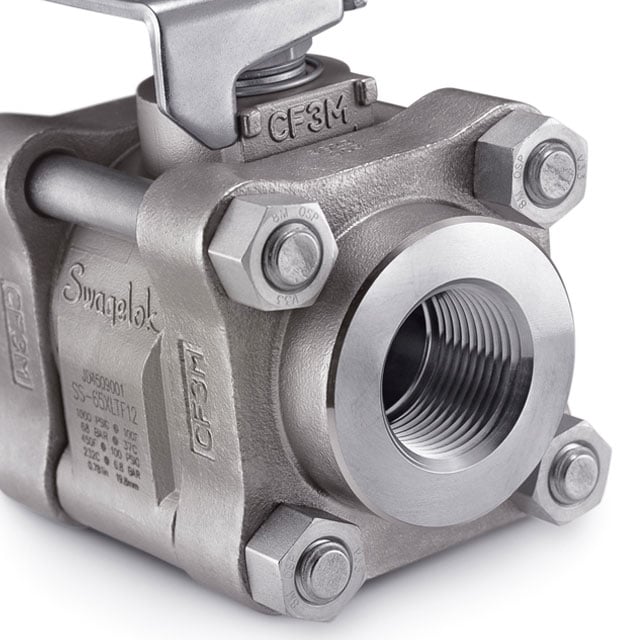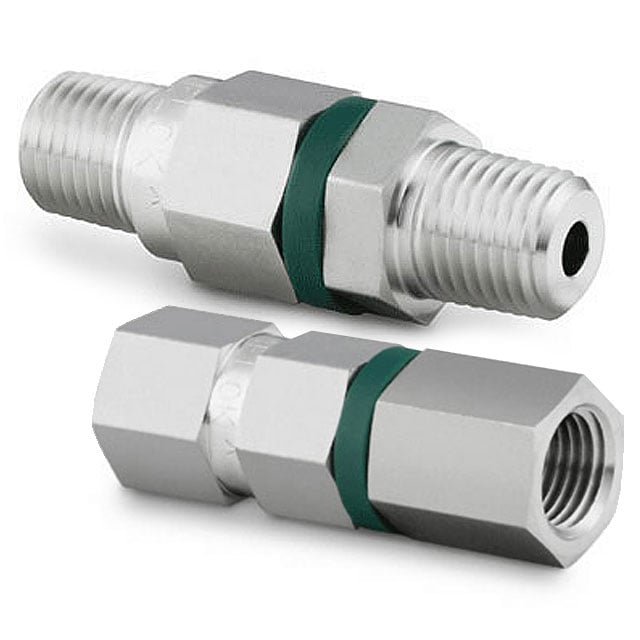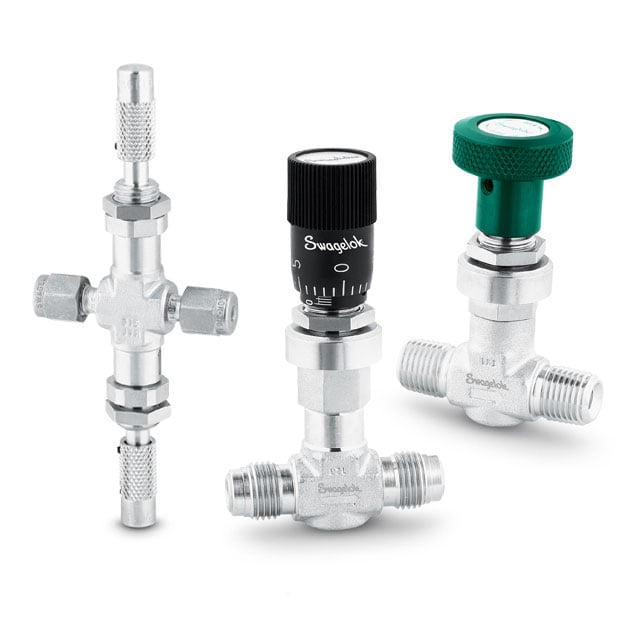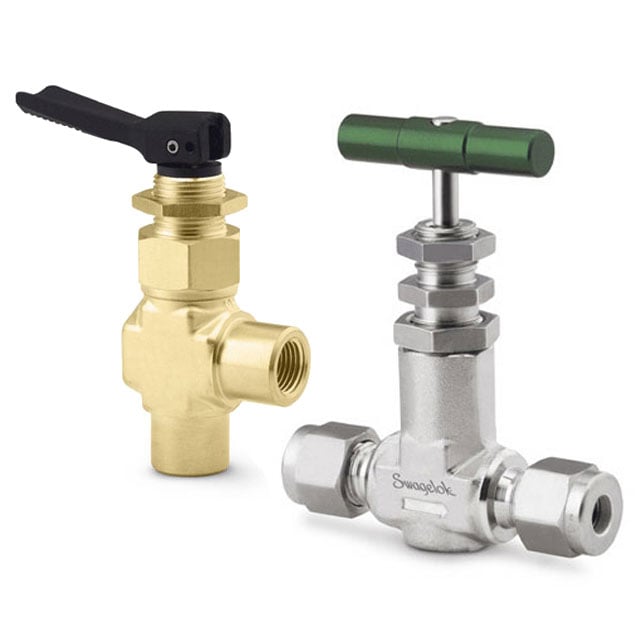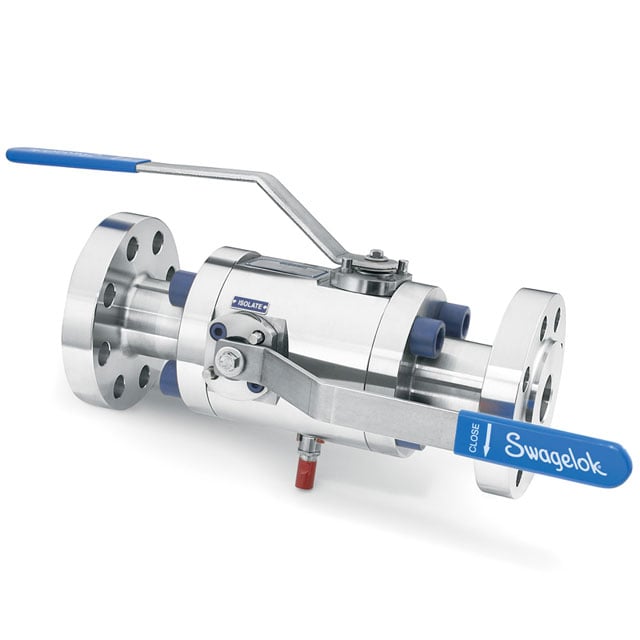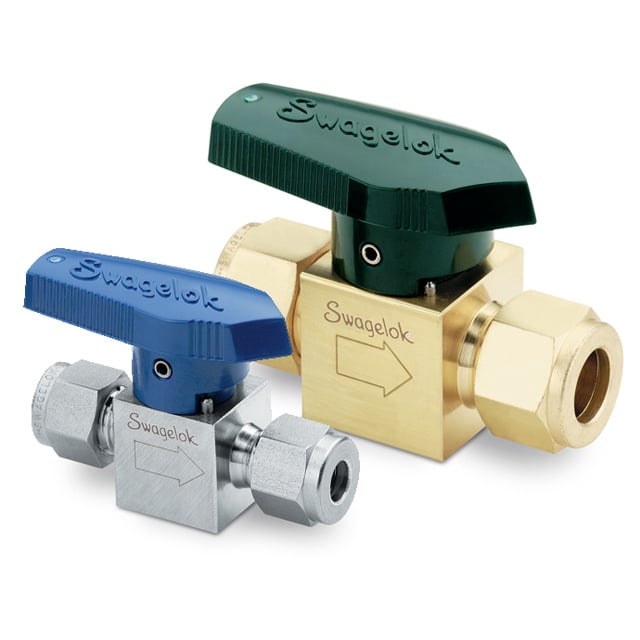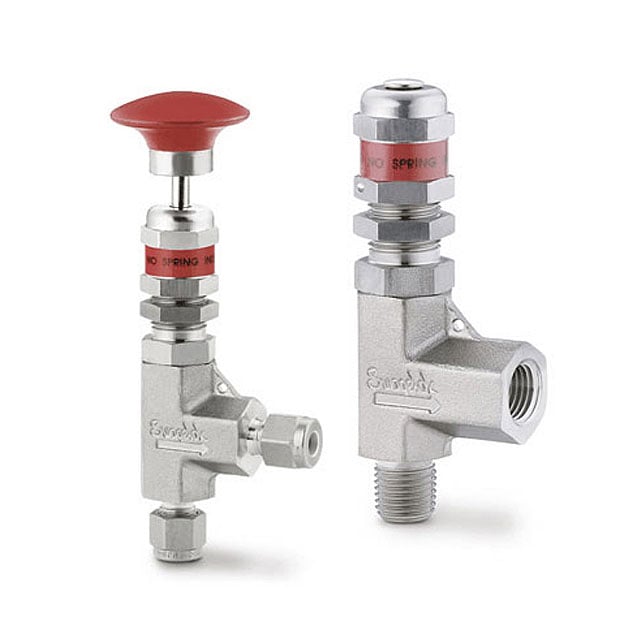Fugitive Emissions from Control Valves
The negative impacts and consequences of fugitive emissions can be realized from various angles, such as the cost of lost product, environmental degradations, health risks, and fire hazards.
Fugitive emissions from control valves may release carbon dioxide (CO2) and toxic hydrocarbons such as carbon tetrachloride (CCl4) and methane (CH4) into the atmosphere. These gases, due to their high density, stay in the upper atmosphere and form an invisible layer. This layer allows the sun rays to pass through but traps most of the reflected heat down from the earth instead of releasing it into the atmosphere. As a result, the earth's atmosphere gets warmer than it should be, leading to global warming. This entire effect is known as the greenhouse effect.
Needless to say, global warming is responsible for various environmental disasters such as melting glaciers, rising sea levels, and increasing incidences of drought, fire, and hurricanes.
Spillage of hydrocarbons in the form of oil and gas is a loss to production. They contain toxic compounds, like hydrogen sulfide (H2S), that are highly flammable in nature. If not addressed early, they may also cause fire and explosion. Moreover, more than 100 ppm H2S concentration in the atmosphere can be life-threatening for a human.
Fugitive emissions from leaky valves may also contain volatile organic compounds (VOCs)-specifically hydrocarbons- that are classified as pollutants. Their increasing concentration in the atmosphere could cause ozone layer depletion. This can weaken the earth's natural shield from harmful UV radiation of the sun, known to cause skin cancer and other health problems.
If the valves are leaking, it means their sealing and packing have been damaged, equating to a loss of assets.
To avoid these hassles, it is imperative to know how to select the right valve to keep fugitive emissions under control.
How to Choose a Low-Emission Control Valve?
Identify Valve Purpose
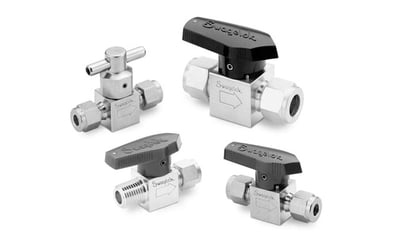 There are different types of control valves available. They have been specifically designed to meet different types of application requirements. For a lighter, less viscous fluid, needle valves are the best, whereas fine metering valves are ideal for applications requiring the most precise flow control. Quarter-turn valves that use a ball valve design are recommended for economical low throttling applications.
There are different types of control valves available. They have been specifically designed to meet different types of application requirements. For a lighter, less viscous fluid, needle valves are the best, whereas fine metering valves are ideal for applications requiring the most precise flow control. Quarter-turn valves that use a ball valve design are recommended for economical low throttling applications.
Check Their Standards of Compliance
Make sure the valves meet ANSI, ISO and API standards for low emissions. The ANSI/ISA S93.00.01-1999 classification provides methods to test manual and automated valves against any external leakage. Similarly, ANSI/FCI 91-1 classification suggests local methods to check control valve stem seals for any leakage according to EPA method 21. The ISO 15848-1 standard tests a valve against different types of class in regards to endurance, tightness, and temperature. However, all tests are performed at room temperature, and you can choose either helium or methane as the test fluid. To ensure your valve's emission standards at elevated temperature, a secondary API test certification is highly essential. There are two standard API tests: API 624 (for rising stem valves) and API 624 (for ball valves). API 624 and 641 tests check your valve through 310 and 610 thermal cycles, respectively, at ambient temperature and high temperature alternatively. If a valve meets all these above standards, you can rest assured of its <100 ppm leakage design.
You should also consider replacing your aging valves with low emission valves for compliance. Conduct thorough routine tests for VOC leaks as per EPA Method 21 to ensure consent decrees are in place. The EPA Method 21 includes Leak Detection and Repair (LDAR) programs to easily identify leaky valves. You can also seek the help of a local expert to assist you with valve analysis and replacement.
Benefits of Swagelok Low-E Valves for Northern California Refineries
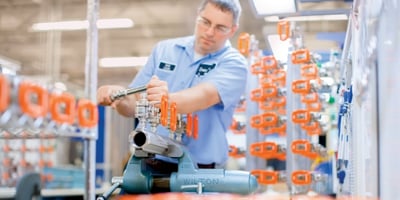 Swagelok offers low emission valves, also called Low-E valves, for every type of industrial application. Apart from standard company testing, these valves also come with a third-party API testing certificate issued by Yarmouth Research and Technology. With Swagelok valves, you can take advantage of the ease of use and reduced effort to rebuild assemblies, thanks to the Swagelok exclusive kit. The kit gives you clear information to easily replace the packing or rebuild the entire assembly for switching higher application requirements at any time.
Swagelok offers low emission valves, also called Low-E valves, for every type of industrial application. Apart from standard company testing, these valves also come with a third-party API testing certificate issued by Yarmouth Research and Technology. With Swagelok valves, you can take advantage of the ease of use and reduced effort to rebuild assemblies, thanks to the Swagelok exclusive kit. The kit gives you clear information to easily replace the packing or rebuild the entire assembly for switching higher application requirements at any time.
Let Swagelok Field Engineers Help You with Selecting the Right Low-E Valves
While selecting a low emission control valve, your choices may seem overwhelming. Swagelok Field Engineers can help you select and size the right low emission valve for your refinery. They can also analyze your existing valves against different ISO and API standards applicable for fugitive emissions to recommend ideal replacements. You can also custom order your valve with a wide variety of material options available against different parts to accommodate your system temperature requirements. Switch to Swagelok dedicated low emission valves to keep your plant fugitive emissions in check and avoid unnecessary downtime and costs in the long run.
To find out more about how Swagelok Northern California can help you with curbing fugitive emissions from control valves, contact our team today by calling 510-933-6200.


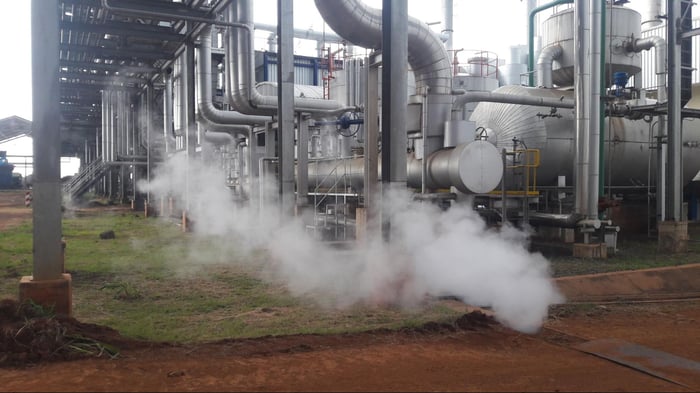
 There are different types of control valves available. They have been specifically designed to meet different types of application requirements. For a lighter, less viscous fluid, needle valves are the best, whereas fine metering valves are ideal for applications requiring the most precise flow control. Quarter-turn valves that use a ball valve design are recommended for economical low throttling applications.
There are different types of control valves available. They have been specifically designed to meet different types of application requirements. For a lighter, less viscous fluid, needle valves are the best, whereas fine metering valves are ideal for applications requiring the most precise flow control. Quarter-turn valves that use a ball valve design are recommended for economical low throttling applications.  Swagelok offers low emission valves, also called Low-E valves, for
Swagelok offers low emission valves, also called Low-E valves, for 